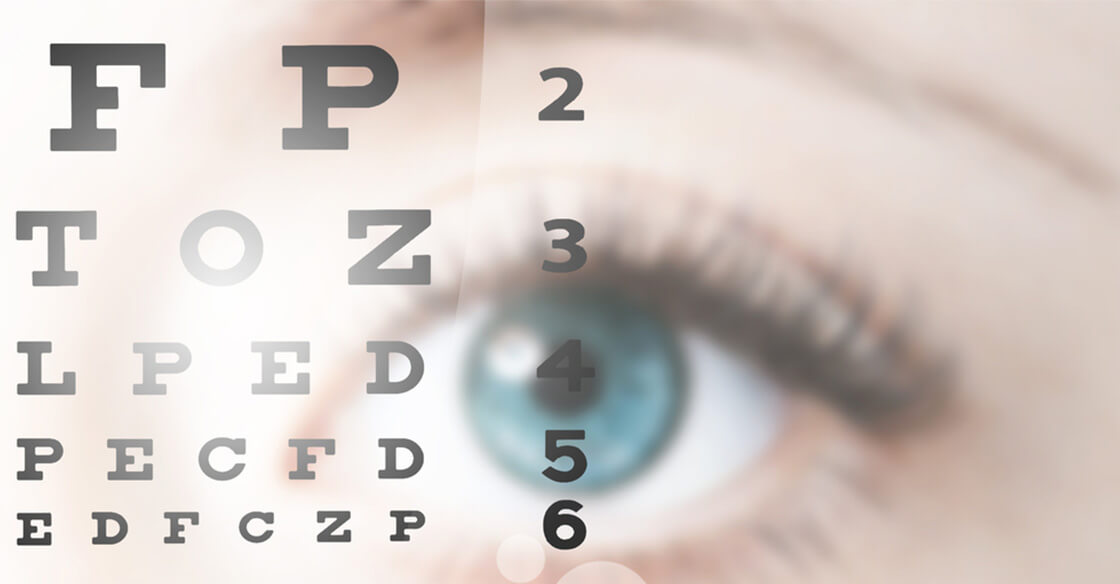What Does 20/20 Vision Mean?

20/20 Vision
Human beings enjoy normal eyesight when the eye doctor confirms 20/20 vision, after a standard visual test of both eyes, one at a time. When your vision measures less than 20/20, either correct prescription eyeglasses or contact lenses compensate for any shortfall. This helps bring your vision up to normal rating.
Average Sight Markers
Put another way, someone with 20/20 eyesight sees what the average person sees on the eye test chart when standing 20 feet away while reading the test card. The eye chart simply measures the clarity or sharpness of vision, which is termed visual acuity. The first “20” refers to the distance in feet from the chart, while the second “20” denotes the distance (in feet) that a normal sighted person can read the same line on the chart.
What is Visual Acuity?
Visual acuity is always tested one eye at a time, and it literally indicates the sharpness of your vision. Your eye doctor measures visual acuity by testing your ability to identify letters or numbers on a standardized eye chart from a specific viewing distance.
What does 20/30 vision mean?
If during your eye test you score 20/30 vision, it confirms that your vision is worse than average. In other words, standing 20 feet from the chart, you are able to read letters that others with normal vision see from 30 feet. Your eye specialist will calculate how to correct myopic or shortsighted vision with the right prescription lenses in glasses or contacts. People scoring 20/200 vision or worse with the assistance of contacts or glasses, are considered “legally blind” from a driving standards view.
Defining Perfect Vision
Just to clarify, pun intended, the 20/20 rating from a standard Snellen vision testing card represents average or normal sight. If your eye doctor confirms 20/15 vision from the test, your vision is sharper than normal. It means you can see a line on Snellen chart at 20 feet, which the average person can only see when they are 15 feet away. The aim is to use contacts or glasses to align the vision to the normal standard 20/20 vision.
Monitoring Trends
Studies by the American Academy of Ophthalmology (AAO) indicate that only about 35 percent of American adults have 20/20 vision without the assistance of contacts, glasses, or corrective surgery. Thanks to corrective measures, approximately 75 percent of adults effectively have 20/20 vision. Consider that visual acuity of 20/40 or better is required for an unrestricted driver’s license in almost all states.
Eye Screening for Children
The AAO recommends testing the visual acuity of your child as soon as they are old enough to cooperate with an eye exam using an eye chart. Sadly, many children lose their 20/20 vision around age 8 or 9. After that age, most people’s visual acuity remains stable, although it often decreases in senior citizens as they reach their 60s or 70s.
EyeLux Optometry. Quality services. For your eyes only.
Schedule an Appointment
